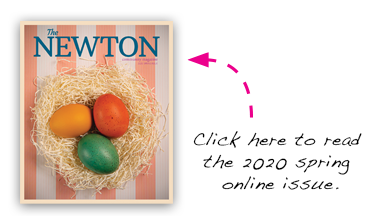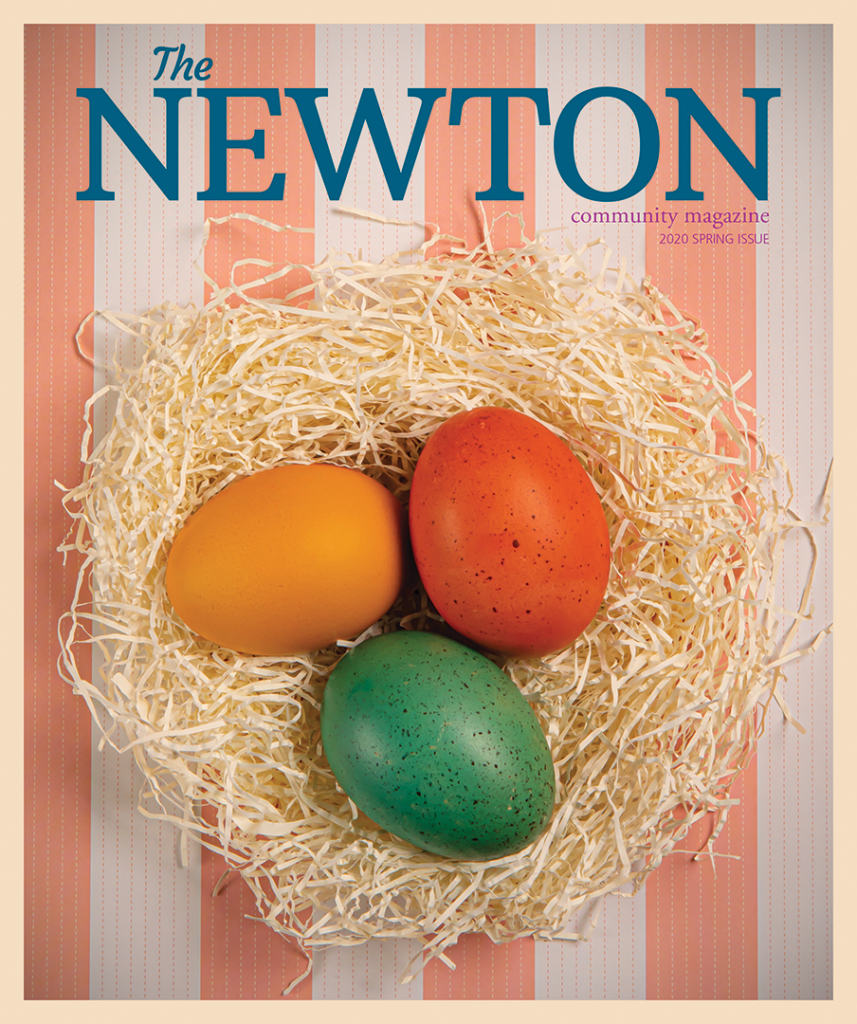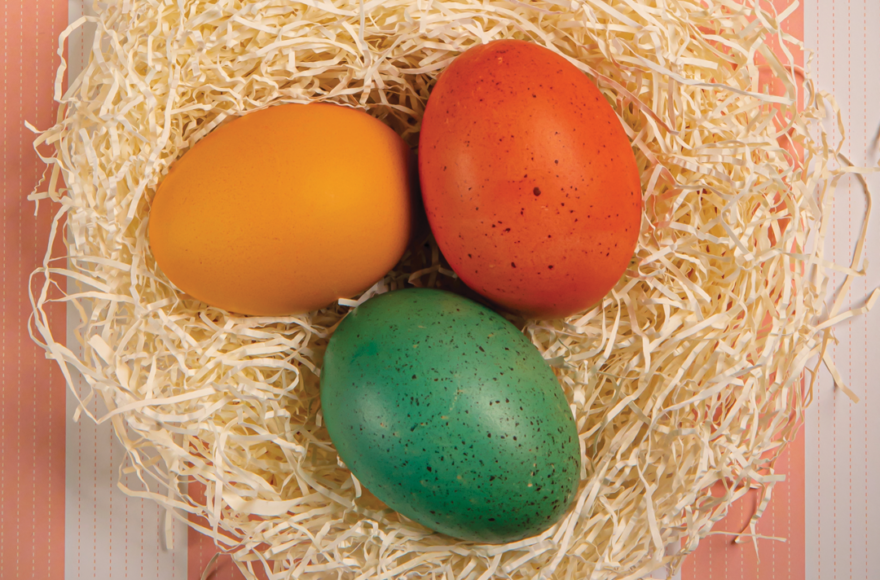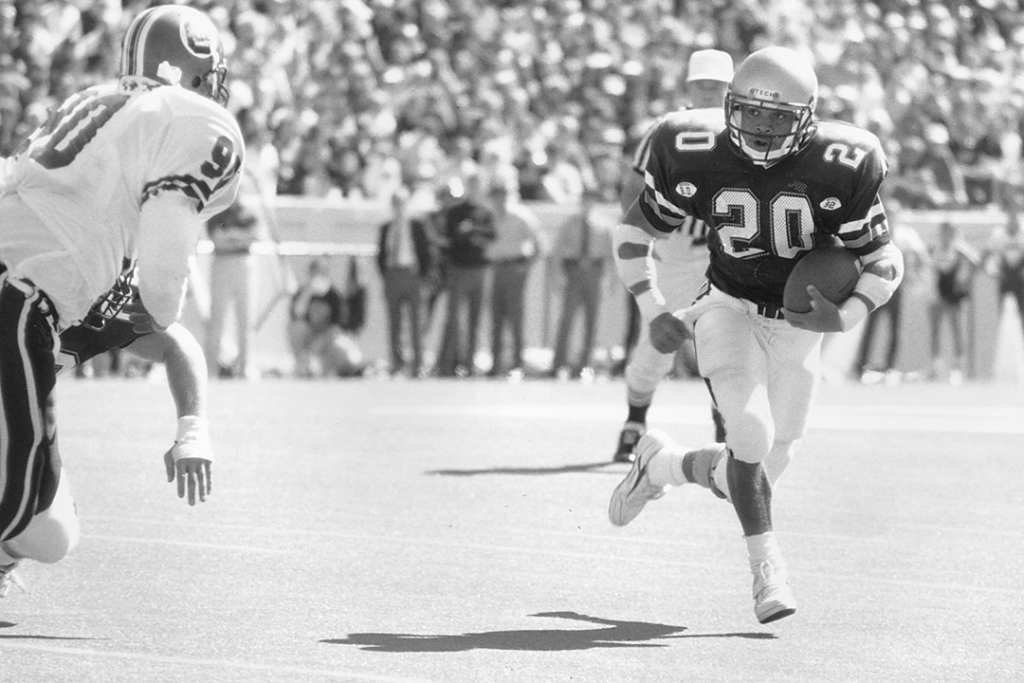
Easter eggs will once again wobble and spin their way through a myriad of celebrations around the world this Easter season. Games, competitions and festivities are as varied as the colors of the eggs themselves. “Tapping,” where the egg toughest to crack wins, “Dances,” where participants attempt to “soft-shoe” among the vivid ovals, and “Rolls,” where children with long-handled spoons push eggs forward in a wild, meandering race to the finish line are just a few examples.

Perhaps the most popular and best-loved event is the Easter egg hunt, where toy- and treat-filled plastic eggs are hidden in places where they are sure to be found by eager treasure-seekers. For many Christian families and their children, the hunt is an anticipated annual tradition held after the Easter Sunday worship service. Tradition can be a wonderful way to pass on to succeeding generations beliefs and customs that are meaningful to us. Protestant reformer Martin Luther perhaps had this in mind when, as is believed, he organized Easter egg hunts for his congregation late in the 16th century. Luther, like many others before and since, used symbols, including the egg, to explain and commemorate matters of life and faith.
Through the centuries, Christ followers have found the egg to be a powerful metaphor for the Resurrection. A red-colored Easter egg symbolizes the blood of Christ shed on the cross for the forgiveness of sins. The unbroken egg represents the sealed tomb of Jesus, the broken and vacant shell, an empty one.
Nearly 2,000 years ago, the empty tomb indicated to Jesus’ followers, not the absence of life but the triumph of it. “Jesus has risen just as He said,” the angel declared. Sin, Satan and Death were all defeated. “The kingdom of heaven is like a treasure hidden in a field,” Jesus said. Sounds a lot like the Easter egg. Blessed are those who find it.
Click here to read more stories by David Roten.




